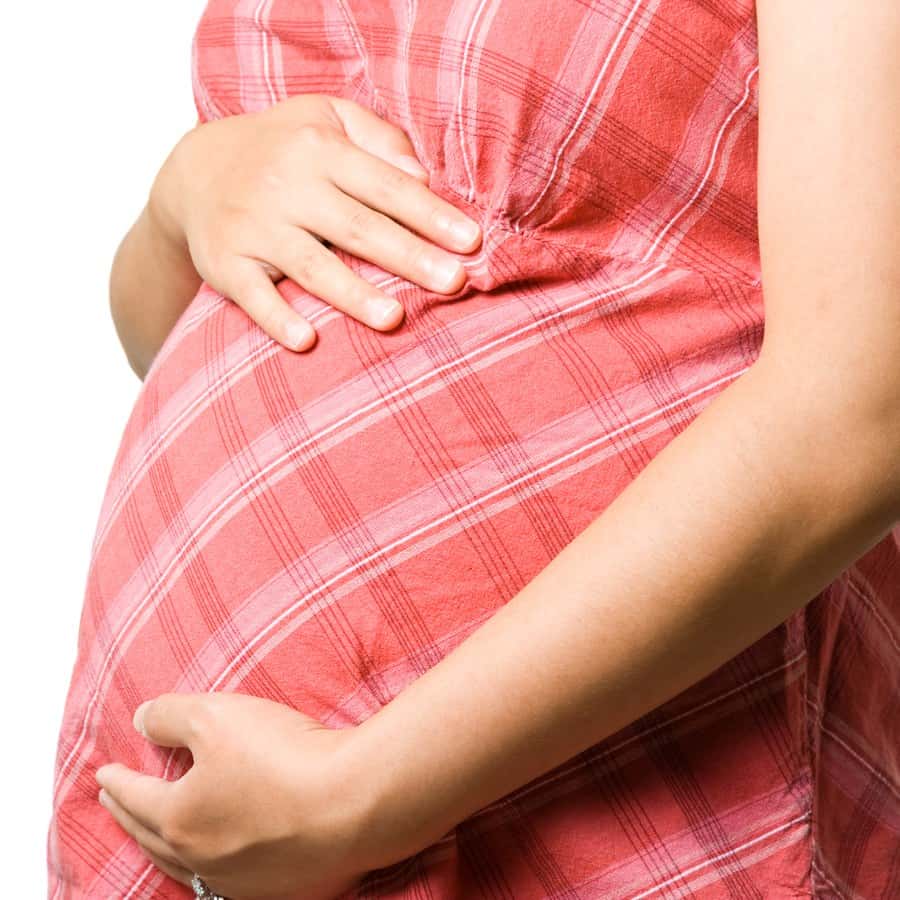
Phthalates are used to produce countless convenient products such as cosmetics, solvents and plastics. They are important components of polyvinyl chloride typically used for flexible items like shower curtains or medical bags and tubing. Perfumes, antiperspirants, nail polish, shampoo and hair gel often contain phthalates. Soft plastic food containers and wraps may also contain phthalates that leach out into the food itself. As a result, nearly every American has phthalates in blood and urine. How do phthalate levels affect reproductive health?
Phthalate Levels and Preterm Birth:
Previous research suggested that phthalates might be acting to disrupt hormone balance. Now, a study from the National Institute of Environmental Health Sciences shows that women exposed to multiple phthalates during pregnancy are more likely to deliver their babies early (JAMA Pediatrics, July 11, 2022).
The researchers conducted a meta-analysis of 16 studies including more than 6,000 pregnant women in the United States. Nine percent of them delivered their infants at least three weeks before their due date. Those with the highest concentrations of certain phthalate metabolites were about 15 percent more likely to have a preterm delivery. Such infants are at risk of dying as newborns.
Which Products Are More Troublesome?
Scientists saw the closest connection between phthalates in nail polish and cosmetics, but they also recommend avoiding food wrapped in plastic or provided in plastic containers and eating fresh home-cooked food to reduce phthalate exposure.
Fast Food Lovers Have Higher Phthalate Levels:
A previous study linked phthalates to fast food consumption. Data from the National Health and Nutrition Examination Survey, or NHANES, show that Americans who eat more fast food have significantly higher phthalate levels in their urine (Environmental Health Perspectives, Oct. 2016). Presumably some of these are coming from the processing or packaging.
There are many different phthalates. The scientists found that one, DiNP, was 39 percent higher in the urine of people who ate the most fast food compared to those who had not eaten any fast food recently.
Here is CNN’s report on this research.
Is This a Problem?
Researchers do not know whether this exposure is something we should all worry about, but it is another disadvantage to a diet heavy in fast foods. The recent research suggests that pregnant women should limit their consumption to reduce phthalate levels.
Learn More:
To learn more about phthalates and other compounds of questionable safety, you might read Toxin Toxout by Bruce Lourie and Rick Smith. Or you could listen to our hour-long interview with the authors in Show 974.
Citations
- Welch BM et al, "Associations Between Prenatal Urinary Biomarkers of Phthalate Exposure and Preterm Birth: A Pooled Study of 16 US Cohorts." JAMA Pediatrics, July 11, 2022. DOI: 10.1001/jamapediatrics.2022.2252
- Zota AR et al, "Recent Fast Food Consumption and Bisphenol A and Phthalates Exposures among the U.S. Population in NHANES, 2003–2010." Environmental Health Perspectives, Oct. 2016. https://doi.org/10.1289/ehp.1510803

